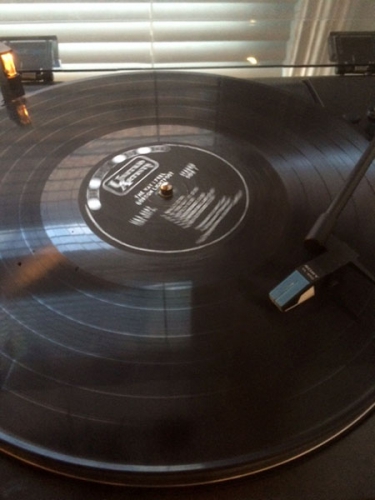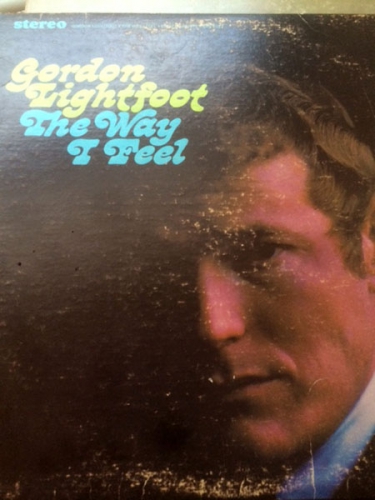Sam, Toronto

Gordon Lightfoot Records
Whenever I’m at a flea-market or garage sale, after sizing up the tattered sports equipment, I go directly to the milk crates full of musty old records. Flipping through the inevitable Perry Cuomo, Bee Gees and big band era compilations, I look for missing pieces of my Gordon Lightfoot collection.
Gordo on vinyl is a special thing. Visually, there are the faded album covers, in earthy tones, always showing the artist’s distinguished but increasingly withered face. Clean shaven and eager in the ‘60s, rugged and weary in the ‘70s, then a little gaunt. Collar sizes rising and falling, hair thinning and flattening out. The covers’ cardboard edges are often cracked so the records, in their yellowing, brittle sleeves, poke through.
Blow some dust off the vinyl but when you put the needle down it should still crackle before one of Gordo’s jangling twelve-string guitar intros cuts in. The static is a kind of echo of the past – the grime and wear of previous listens, previous owners. And you briefly wonder about the bellbottomed, sandal-clad teenager who likely bought the record new.
I guess Lightfoot is of an era but to me the songs still sound immediate and relevant. Their subjects taken from nature, history and the triumphs and struggles of daily life. The changing contexts of my own life cast new meanings on the words and stories. The melodies take on new associations. The songs seem to constantly renew like the seasons Lightfoot so often sings about. So I return to them. The record’s form underscores this cyclicality.
Gordon Lightfoot records suit any season, by maybe especially the fall, when evening sets in early, leafless branches make their clipped sounds outside, and the record’s warm, rounded analogue tones take the edge off the chill.
This story's themes
Photo Gallery
-
Gordon Lightfoot album cover
Most viewed themes


